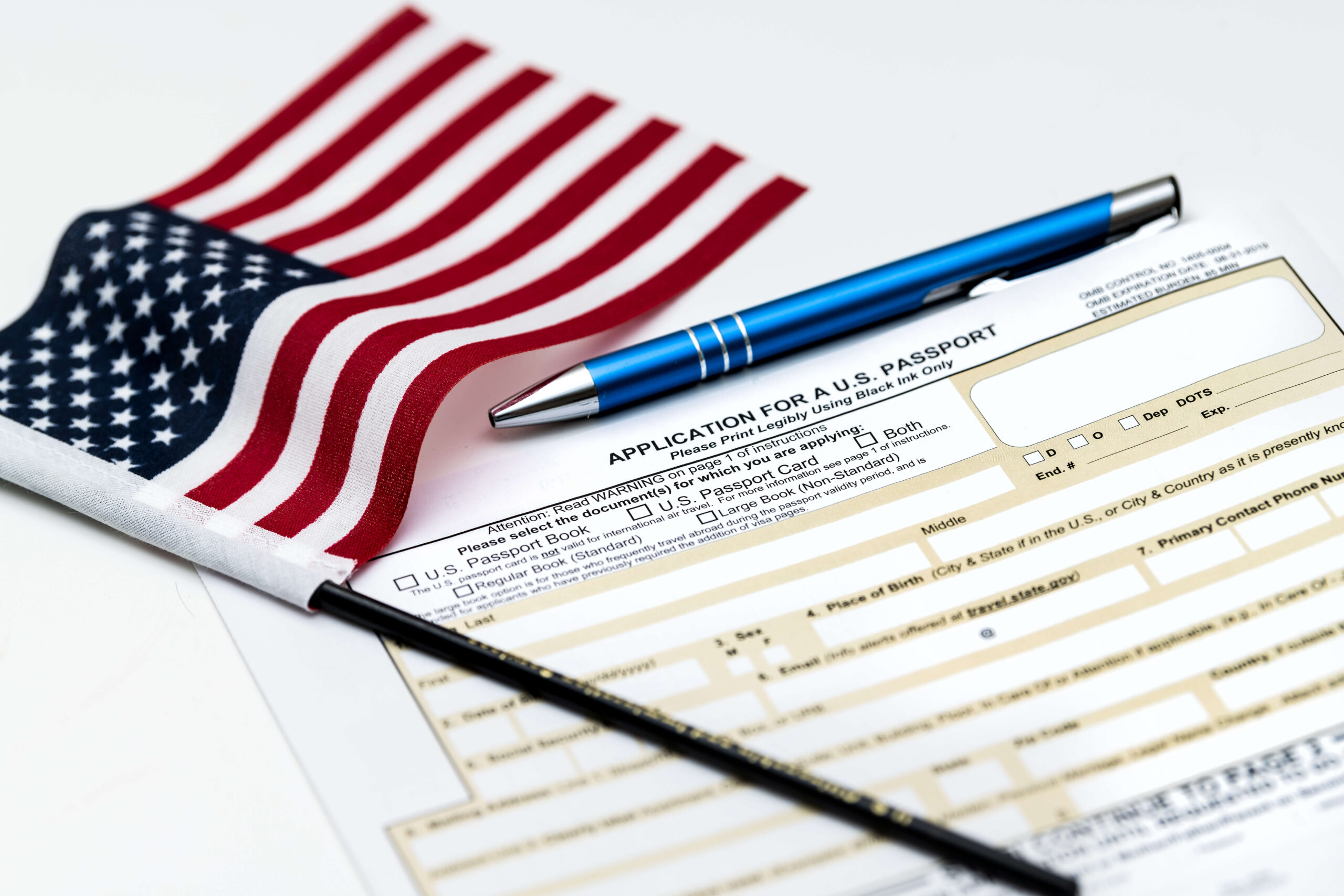U.S. Citizenship and Immigration Services (USCIS) recently published an update to its web page outlining Options for Nonimmigrant Workers Following Termination of Employment. Notably, the agency indicated that it will prioritize a pending I-539 application to change status to B-1/B-2 visitor status when an employer subsequently files an I-129 change of status petition with a premium processing service request.
While study or employment are not permitted activities in B-1/B-2 visitor status, a foreign national in valid H-1B status may consider filing a Form I-539 application to change status to B-1/B-2 visitor status for a temporary period of time in certain circumstances, such as termination of employment from the H-1B petitioner, or reaching the foreign national’s maximum period of stay in H-1B status before eligibility for an additional H-1B extension under the job flexibility provisions in the American Competitiveness in the Twenty-First Century Act (AC21).
Once the foreign national finds new H-1B employment or becomes eligible for an H-1B extension under AC21, his or her employer may file a new Form I-129 petition to change the foreign national’s status back to H-1B. Due to long processing times for Form I-539 applications, the H-1B petition will likely be filed before the B-1/B-2 visitor application is adjudicated. Previously, when an I-129 petition was filed while an I-539 application was pending, there was often a delay in adjudication of the I-129 because of the pending I-539. USCIS sometimes issued a Request for Evidence to show valid maintenance of status during the time the I-539 was pending. Foreign nationals who could not wait for the I-539 and I-129 to be approved were required to depart from the United States in order to obtain the nonimmigrant status requested on the I-129.
Per the recent USCIS update, if an employer files a Form I-129 petition along with Form I-907 for premium processing service, the agency will generally process the pending Form I-539 and Form I-129 together during the premium processing timeframe and issue concurrent decisions. No formal request is required for the pending I-539 to be prioritized. Furthermore, USCIS has indicated that if the Form I-129 petition is filed with a premium processing request, the foreign national will be granted the nonimmigrant status requested on the I-129 petition, and not on the I-539 application, even if both forms are approved on the same day.
Ogletree Deakins’ Immigration Practice Group will continue to monitor developments with respect to these and other policy changes and will post updates on the Immigration blog as additional information becomes available. Important information for employers is also available via the firm’s webinar and podcast programs.





